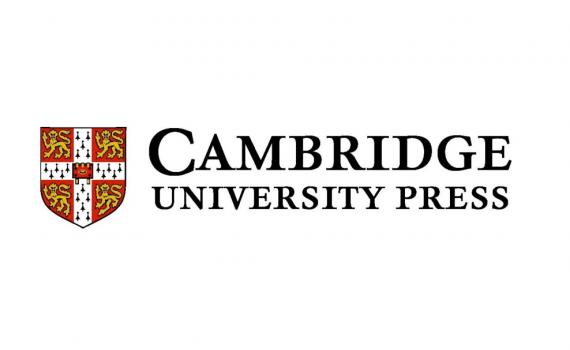Background
Stakeholders are responsible for managing the risks of disasters. Hence, appropriate, collaborative, timely interactions of involved organizations, and having a collective view of these interactions, have an important influence on the operation of the whole system. This study was aimed at social network analysis (SNA) for the implementation of the Sendai framework for disaster risk reduction in Iran.
Methods
SNA was used in this study. A review of literature on disaster risk management (DRM) plus snowball sampling technique identified a list of 85 stakeholders. Delphi method among purposefully selected experts was used to score the relationship between the stakeholders. Louvain method, along with the modularity optimization method, was applied to identify groups of stakeholders with greater interactions. Centrality measurements were used to define organizations with key-roles in the network.
Results
The density of this network was 0.75, which showed that not all the stakeholders were connected. The National Disaster Management Organization and Civil Defense Organization showed higher influences considering their responsibilities. A total of 3 clusters of stakeholders with specific duties that mostly interact with each other and have some interaction with other groups were recognized.
Conclusion
Understanding the pre-disaster interaction of the network and the strengths and weaknesses of the interactions among stakeholders could help improve DRM.



No responses yet